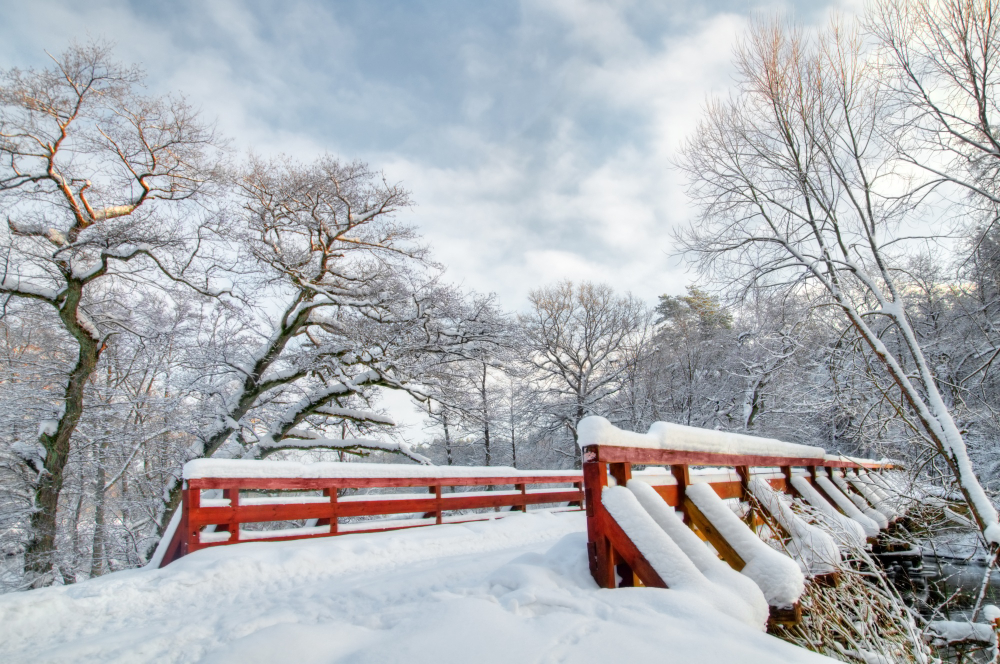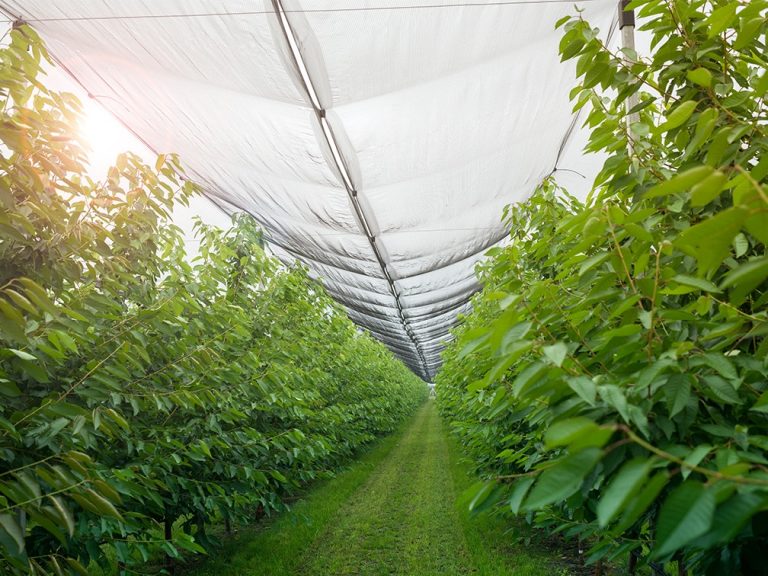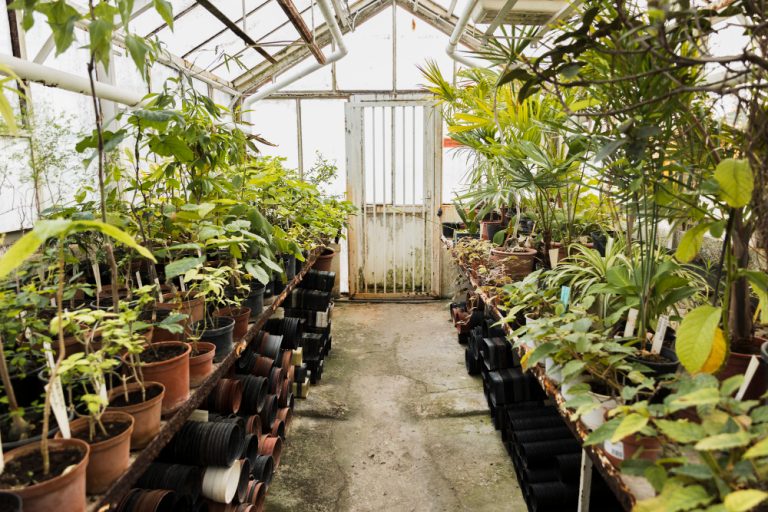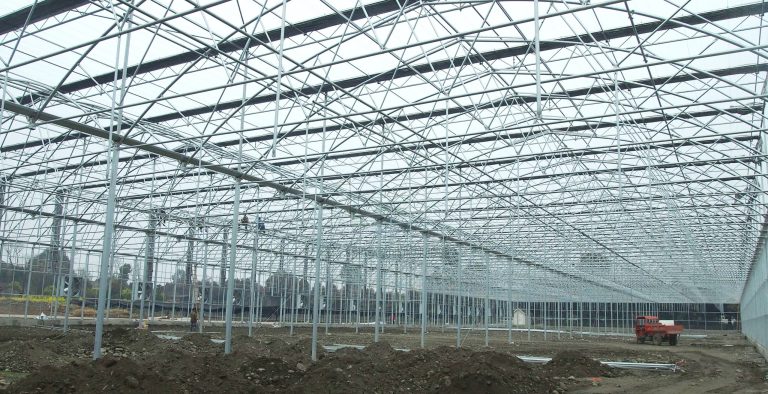
Preparing your greenhouse for winter involves cleaning,repairing,insulating,and optimizing for cold weather to protect plants and maintain productivity.Below is a comprehensive guide based on best practices.
1.Thoroughly Clean the Greenhouse
Start by removing all plants,pots,and debris from the structure in the fall.Empty out every pot,scrub benches,shelves,and equipment with a mild detergent or bleach solution to eliminate pests,diseases,and mold.Wash the glazing(glass or polycarbonate panels)inside and out to maximize light penetration during shorter winter days.This step prevents overwintering of insects and pathogens.
2.Inspect and Repair Structural Issues
Check for any damage,such as cracks,holes,or gaps in the frame,seals,or glazing.Repair these promptly to prevent drafts and heat loss.Tighten loose fittings and replace worn weatherstripping around doors and vents.Ensuring the structure is airtight will help retain warmth and reduce energy costs.
3.Insulate the Interior
Add insulation to walls and north-facing sides using bubble wrap,horticultural fleece,or foam panels to trap heat.For added thermal mass,place water-filled barrels or stone containers inside—they absorb daytime heat and release it at night.If your greenhouse is in a very cold climate,consider burying piping for passive heating from compost or geothermal sources.
4.Prepare the Soil and Beds
Refresh garden beds by adding compost or organic matter to improve soil structure and fertility.For winter crops,apply a thick layer of mulch(like straw or leaves)over root vegetables to insulate the soil and prevent freezing.If planning to grow through winter,incorporate heat-generating materials like decomposing mulch at the base of beds.
5.Install or Check Heating Systems
In colder regions,add a reliable heating source such as electric heaters,propane units,or hot water systems with thermostats to maintain temperatures above freezing(ideally 45–55°F for most hardy plants).Use frost guards or heat mats for sensitive areas.For eco-friendly options,build a compost pile inside or nearby to generate natural heat through decomposition.
6.Manage Ventilation and Airflow
While insulation is key,proper ventilation prevents condensation and fungal issues.Install automatic vent openers or fans that activate based on temperature.Open vents on milder days but close them at night.Avoid overcrowding plants to ensure good air circulation and reduce humidity buildup.
7.Optimize Lighting
Winter days are short,so supplement natural light with LED grow lights on timers to provide 12–16 hours of illumination for seedlings or growing plants.Start seeds indoors under lights before transplanting to the greenhouse for faster growth.
8.Plan for Winter Crops and Protection
Select cold-hardy varieties like kale,spinach,carrots,or beets that thrive in cooler conditions.Use row covers or cloches inside for extra frost protection.Monitor for pests and water sparingly,as plants grow slower in winter—overwatering can lead to root rot.
Additional Tips
Test your water source to ensure it’s not frozen;consider insulating pipes or using a heated water system.
If you’re in a region with heavy snow,reinforce the roof and remove accumulation to prevent collapse.
For year-round use,consider double cropping by starting winter-hardy plants early in summer.
Following these steps will help your greenhouse withstand winter while supporting ongoing growth.Adjust based on your local climate and greenhouse type.




